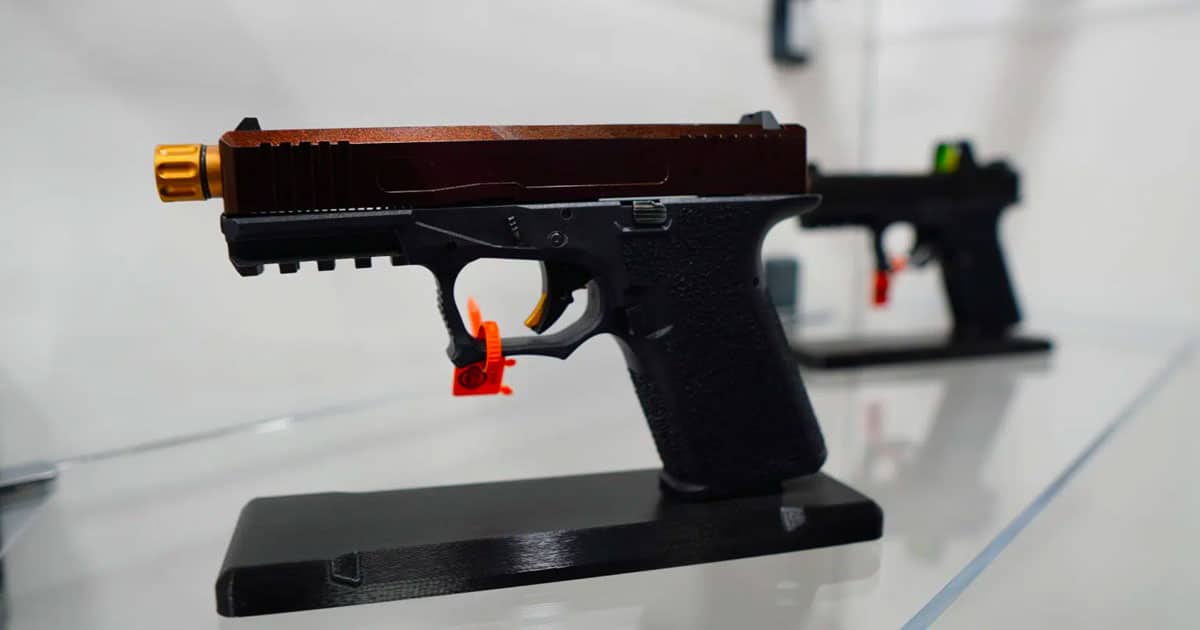
The Fifth Circuit Court of Appeals upheld the majority of the previous preliminary injunction granted to Defense Distributed and Blackhawk Manufacturing (d.b.a. 80% Arms).
This came in the convoluted case of VanDerStok v. Garland.
First came the controversial move by the Bureau of Alcohol, Tobacco, Firearms and Explosives (ATF) to reclassify frames and receivers as weapons themselves — the so-called “ghost gun” rule. This was vacated by Judge Reed O’Connor in July.
The court did not look kindly on the ATF’s overreach in its attempt to regulate partially manufactured gun parts that hobbyists have enjoyed for centuries. The agency attempted to categorize them as complete weapons.
O’Connor disagreed. “This case presents the question of whether the federal government may lawfully regulate partially manufactured firearm components, related firearm products and other tools and materials in keeping with the Gun Control Act of 1968,” he wrote. “Because the Court concludes that the government cannot regulate those items without violating federal law, the Court holds that the government’s recently enacted Final Rule…is unlawful agency action.”
The decision was yet another defeat for the current administration’s crusade against gun rights, but it spawned a back-and-forth volley within federal courts and all the way up to the Supreme Court. Washington clearly wants to prohibit the creation of firearms by hobbyists and will go to great lengths to accomplish this.
In light of this, the Department of Justice (DOJ) appealed to the Fifth Circuit Court of Appeals.
The Fifth Circuit upheld O’Connor’s ruling.
The DOJ was not satisfied with this decision and petitioned the U.S. Supreme Court to block the court order. The high court then issued a stay on Judge O’Connor’s vacating the final rule until justices could determine whether they would take up the case.
Back to the drawing board for Defense Distributed and 80% Arms.
They requested that O’Connor issue another injunction, which he did for both companies and their clients. Unhappy yet again with O’Connor’s decision, the government appealed to the Fifth Circuit with the flimsy argument that the Supreme Court’s stay ultimately meant no more injunctions.
That argument fell flat as the Fifth Circuit rejected it out of hand. The high court, it ruled, bound lower courts but did not prohibit injunctions against the final rule. In their opinion, the stay only prohibited the rule from being vacated until justices decided on whether to hear the contentious case.
The Fifth Circuit laid out their reasoning.
“But we disagree with the Government that the district court’s injunction as to two plaintiff-party manufacturers ‘directly conflicts with the Supreme Court’s determination that the Government should be permitted to enforce the Rule as to everyone while this appeal proceeds.’”
The Fifth Circuit agreed with the government, however, that Judge O’Connor’s decision went too far when it covered customers of the two companies. The ATF already publicly declared that it would not carry out enforcement of the new rule against customers, meaning they did not have standing due to not facing a threat under the frames and receivers rule.
Experts generally believe the injunction only applies to Defense Distributed and 80% Arms, even though the wording is vague.
The route for the ATF to rescue its controversial rule lies directly with the Supreme Court, but that is a tricky road to take. As currently constructed, the high court is generally respectful of Second Amendment freedoms, as clearly demonstrated in last year’s monumental Bruen decision.
